Porsche 2009 Annual Report Download - page 153
Download and view the complete annual report
Please find page 153 of the 2009 Porsche annual report below. You can navigate through the pages in the report by either clicking on the pages listed below, or by using the keyword search tool below to find specific information within the annual report.-
 1
1 -
 2
2 -
 3
3 -
 4
4 -
 5
5 -
 6
6 -
 7
7 -
 8
8 -
 9
9 -
 10
10 -
 11
11 -
 12
12 -
 13
13 -
 14
14 -
 15
15 -
 16
16 -
 17
17 -
 18
18 -
 19
19 -
 20
20 -
 21
21 -
 22
22 -
 23
23 -
 24
24 -
 25
25 -
 26
26 -
 27
27 -
 28
28 -
 29
29 -
 30
30 -
 31
31 -
 32
32 -
 33
33 -
 34
34 -
 35
35 -
 36
36 -
 37
37 -
 38
38 -
 39
39 -
 40
40 -
 41
41 -
 42
42 -
 43
43 -
 44
44 -
 45
45 -
 46
46 -
 47
47 -
 48
48 -
 49
49 -
 50
50 -
 51
51 -
 52
52 -
 53
53 -
 54
54 -
 55
55 -
 56
56 -
 57
57 -
 58
58 -
 59
59 -
 60
60 -
 61
61 -
 62
62 -
 63
63 -
 64
64 -
 65
65 -
 66
66 -
 67
67 -
 68
68 -
 69
69 -
 70
70 -
 71
71 -
 72
72 -
 73
73 -
 74
74 -
 75
75 -
 76
76 -
 77
77 -
 78
78 -
 79
79 -
 80
80 -
 81
81 -
 82
82 -
 83
83 -
 84
84 -
 85
85 -
 86
86 -
 87
87 -
 88
88 -
 89
89 -
 90
90 -
 91
91 -
 92
92 -
 93
93 -
 94
94 -
 95
95 -
 96
96 -
 97
97 -
 98
98 -
 99
99 -
 100
100 -
 101
101 -
 102
102 -
 103
103 -
 104
104 -
 105
105 -
 106
106 -
 107
107 -
 108
108 -
 109
109 -
 110
110 -
 111
111 -
 112
112 -
 113
113 -
 114
114 -
 115
115 -
 116
116 -
 117
117 -
 118
118 -
 119
119 -
 120
120 -
 121
121 -
 122
122 -
 123
123 -
 124
124 -
 125
125 -
 126
126 -
 127
127 -
 128
128 -
 129
129 -
 130
130 -
 131
131 -
 132
132 -
 133
133 -
 134
134 -
 135
135 -
 136
136 -
 137
137 -
 138
138 -
 139
139 -
 140
140 -
 141
141 -
 142
142 -
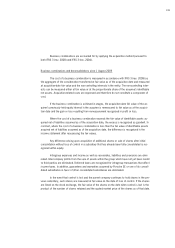 143
143 -
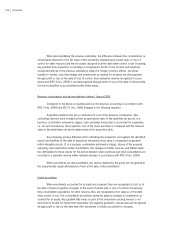 144
144 -
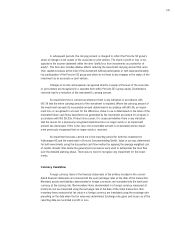 145
145 -
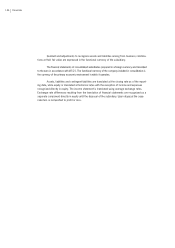 146
146 -
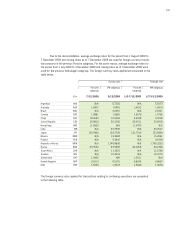 147
147 -
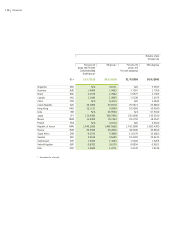 148
148 -
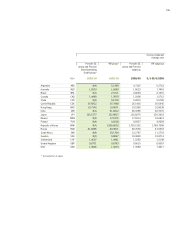 149
149 -
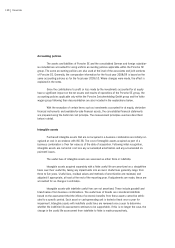 150
150 -
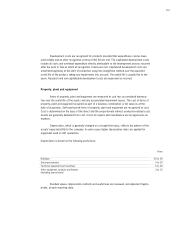 151
151 -
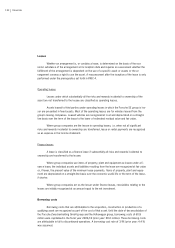 152
152 -
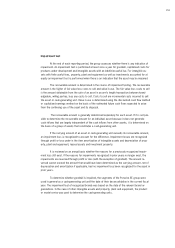 153
153 -
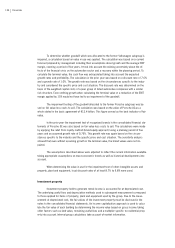 154
154 -
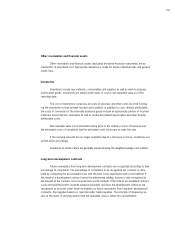 155
155 -
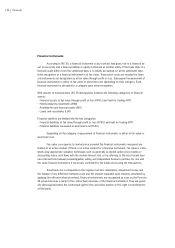 156
156 -
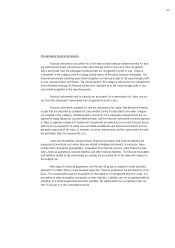 157
157 -
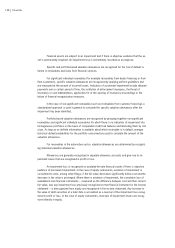 158
158 -
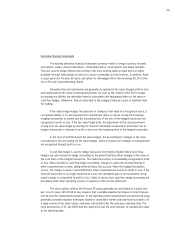 159
159 -
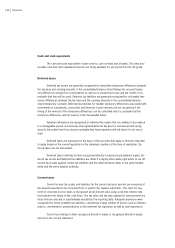 160
160 -
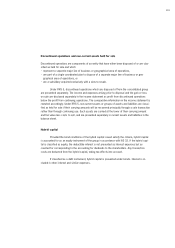 161
161 -
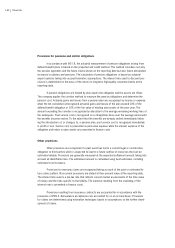 162
162 -
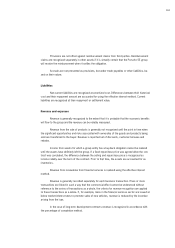 163
163 -
 164
164 -
 165
165 -
 166
166 -
 167
167 -
 168
168 -
 169
169 -
 170
170 -
 171
171 -
 172
172 -
 173
173 -
 174
174 -
 175
175 -
 176
176 -
 177
177 -
 178
178 -
 179
179 -
 180
180 -
 181
181 -
 182
182 -
 183
183 -
 184
184 -
 185
185 -
 186
186 -
 187
187 -
 188
188 -
 189
189 -
 190
190 -
 191
191 -
 192
192 -
 193
193 -
 194
194 -
 195
195 -
 196
196 -
 197
197 -
 198
198 -
 199
199 -
 200
200 -
 201
201 -
 202
202 -
 203
203 -
 204
204 -
 205
205 -
 206
206 -
 207
207 -
 208
208 -
 209
209 -
 210
210 -
 211
211 -
 212
212 -
 213
213 -
 214
214 -
 215
215 -
 216
216 -
 217
217 -
 218
218 -
 219
219 -
 220
220 -
 221
221 -
 222
222 -
 223
223 -
 224
224 -
 225
225 -
 226
226 -
 227
227 -
 228
228 -
 229
229 -
 230
230 -
 231
231 -
 232
232 -
 233
233 -
 234
234 -
 235
235 -
 236
236 -
 237
237 -
 238
238 -
 239
239 -
 240
240 -
 241
241 -
 242
242 -
 243
243 -
 244
244 -
 245
245 -
 246
246 -
 247
247 -
 248
248 -
 249
249 -
 250
250 -
 251
251 -
 252
252 -
 253
253 -
 254
254 -
 255
255 -
 256
256 -
 257
257 -
 258
258 -
 259
259 -
 260
260 -
 261
261 -
 262
262 -
 263
263 -
 264
264 -
 265
265 -
 266
266 -
 267
267 -
 268
268 -
 269
269 -
 270
270 -
 271
271 -
 272
272 -
 273
273 -
 274
274 -
 275
275
 |
 |
153
Impairment test
At the end of each reporting period, the group assesses whether there is any indication of
impairment. An impairment test is performed at least once a year for goodwill, capitalized costs for
products under development and intangible assets with an indefinite useful live. For intangible as-
sets with finite useful lives, property, plant and equipment as well as investments accounted for at
equity an impairment test is performed when there is an indication that the asset may be impaired.
The recoverable amount is determined in the course of impairment testing. The recoverable
amount is the higher of fair value less costs to sell and value in use. The fair value less costs to sell
is the amount obtainable from the sale of an asset in an arm’s length transaction between knowl-
edgeable, willing parties, less any costs to sell. Costs to sell are incremental costs incurred to sell
the asset or cash-generating unit. Value in use is determined using the discounted cash flow method
or capitalized earnings method on the basis of the estimated future cash flows expected to arise
from the continuing use of the asset and its disposal.
The recoverable amount is generally determined separately for each asset. If it is not pos-
sible to determine the recoverable amount for an individual asset because it does not generate
cash inflows that are largely independent of the cash inflows from other assets, it is determined on
the basis of a group of assets that constitutes a cash-generating unit.
If the carrying amount of an asset or cash-generating unit exceeds its recoverable amount,
an impairment loss is recognized to account for the difference. Impairment losses are recognized
through profit or loss under in the item amortization of intangible assets and depreciation of prop-
erty, plant and equipment, leased assets and investment property.
It is reviewed on an annual basis whether the reasons for a previously recognized impair-
ment loss still exist. If the reasons for impairments recognized in prior years no longer exist, the
impairments are reversed through profit or loss (with the exception of goodwill). The amount re-
versed cannot exceed the amount that would have been determined as the carrying amount, net of
depreciation and amortization if applicable, had no impairment loss been recognized for the asset in
prior years.
To determine whether goodwill is impaired, the segments of the Porsche SE group were
used in general as a cash-generating unit until the date of their deconsolidation in the current fiscal
year. The impairment test of recognized brands was based on the data of the relevant brand or-
ganizations. In the case of other intangible assets and property, plant and equipment, the product
or model series was used to determine the cash-generating units.
